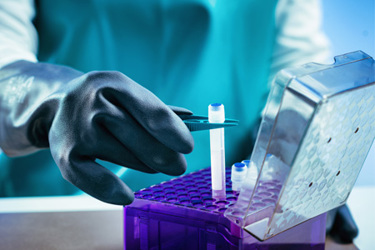A Step-By-Step Guide To Cell Banking: Preserving The Precious Potential Of Cells

Cell banking is a crucial process in medicine that involves collecting, processing, and preserving cells for future use. Cells are collected from sources such as cord blood, bone marrow, and peripheral blood. These cells are then processed to separate them from impurities, assess their viability, and characterize them. After processing, the cells are cryopreserved by freezing them at extremely low temperatures. They are stored in liquid nitrogen tanks or cryogenic freezers until they are needed. When the cells are required, they are thawed and expanded for use in therapy or research.
Throughout the cell banking process, strict quality control measures are implemented to ensure the safety and efficacy of the cells. New cryogenic tools are available to improve the process and increase productivity. Entegris, a company specializing in cell and gene therapy, offers expertise and products for cell nurturing, including single-use bags.
Cell banking holds great potential for regenerative medicine, personalized therapies, and research. The ability to store and preserve cells allows for the development of advanced treatments and personalized approaches to medicine.
Get unlimited access to:
Enter your credentials below to log in. Not yet a member of Cell & Gene? Subscribe today.
